TL;DR
- Developing manufacturing apps in 2025 is a strategic investment to improve efficiency and reduce downtime.
- Costs vary based on complexity, features, integrations, and platform choice, ranging from $30,000 to $250,000+.
- Key app types include Inventory Management, Production Tracking, Supply Chain/Warehouse, and ERP/IoT-Integrated Apps.
- Major cost drivers are app complexity, platform, UI/UX design, integrations, security, and maintenance.
- Using an App Development Cost Calculator provides realistic cost estimates, helping plan and budget effectively.
Introduction
In 2025, manufacturing is rapidly moving toward digital-first operations, and apps are becoming essential tools for tracking production, managing inventory, and monitoring machinery. Developing a manufacturing app helps businesses streamline workflows, reduce errors, and make data-driven decisions. However, costs can vary widely depending on features, platform, design, and integrations, making planning important.
For manufacturers and startups, using an App Cost Calculator can provide a quick and realistic free ballpark estimate, helping to budget accurately and make informed development decisions. This ensures that your app investment delivers efficiency, productivity, and a strong return.
Manufacturing Apps Market Overview 2025 – Key Insights
The global manufacturing software market is expected to reach $35–40 billion in 2025, growing at a CAGR of 8–10%. This growth reflects the increasing reliance on digital solutions to improve efficiency, reduce production costs, and stay competitive.
Manufacturing apps help businesses monitor production in real time, manage inventory, and make data-driven decisions. Even small and medium manufacturers are adopting these apps to streamline operations and optimize workflows.
Industry Insight: Companies using manufacturing apps report up to 25% higher operational efficiency and a 15–20% reduction in production costs within the first year, highlighting their value as a strategic investment.
What is a Manufacturing Application?
A manufacturing application is a specialized software solution designed to streamline and optimize manufacturing operations. It enables manufacturers to effectively manage inventory, monitor machine performance, track production workflows, and coordinate resources across the factory floor. Unlike general business apps, manufacturing applications are built to handle the complexities of industrial processes, providing real-time data, predictive insights, and process automation.
These apps often integrate with enterprise systems such as ERP and CRM, allowing businesses to connect shop floor operations with broader organizational functions like supply chain management, quality control, and reporting. By doing so, manufacturing applications help companies reduce operational costs, minimize downtime, enhance product quality, and make data-driven decisions that improve overall efficiency and competitiveness.
In essence, a manufacturing application acts as a centralized digital hub, giving manufacturers full visibility and control over their production processes, making it a critical tool in modern smart factories.
Want to know industrial app development costs?
Here are complete cost breakdowns of some popular industry-focused applications:
What Does a Manufacturing App Do?
Manufacturing apps provide multiple functions that improve efficiency and reduce errors:
- Production Tracking: Monitor machinery, workforce performance, and production lines in real-time to ensure smooth operations.
- Inventory Management: Track raw materials, work-in-progress, and finished goods to prevent overstock or shortages.
- Supply Chain Visibility: Gain insights into shipments, supplier performance, and logistics for better operational control.
- Data Analytics: Generate actionable insights for process optimization, predictive maintenance, and cost reduction.
- Integration: Seamlessly connect with ERP, CRM, and IoT systems to centralize operational data.
- Compliance & Safety Monitoring: Ensure adherence to industry regulations and reduce operational risks.
Example: A factory using a production tracking app can predict machine failures before they occur, preventing costly downtime and boosting output.
4 Game-Changing Types of Manufacturing Apps You Should Know
- Inventory Management Apps: Help manufacturers reduce waste, improve stock accuracy, and automate replenishment, ensuring that raw materials and finished goods are always available without overstocking.
- Production Tracking Apps: Provide real-time monitoring of manufacturing lines, allowing managers to quickly identify bottlenecks, track machine performance, and optimize workforce allocation.
- Supply Chain & Warehouse Apps: Streamline logistics by tracking shipments, managing warehouse operations, and ensuring the timely delivery of raw materials and finished products. This improves coordination across suppliers and internal teams.
- ERP/IoT-Integrated Apps: Centralize all manufacturing data into a single platform, enabling predictive analytics, real-time decision-making, and proactive maintenance. These apps connect shop-floor operations with enterprise systems for smarter, data-driven management.
The Real Factors That Decide Your Manufacturing App’s Price Tag
The cost of developing a manufacturing app in 2025 depends on several key factors, each impacting the overall budget in different ways:
App Complexity and Features
The more advanced the functionalities, the higher the cost. Features such as predictive maintenance, AI-powered analytics, real-time dashboards, and automated workflows require additional development time and expertise, driving up the budget.
Platform Choice
Deciding whether to develop the app for iOS vs Android, or both platforms, significantly affects cost. Cross-platform apps may save time, but native apps often provide better performance and user experience, which may justify higher costs.
UI/UX Design
A well-designed, intuitive interface is crucial for user adoption. Apps with complex interactions, custom visuals, and user-friendly navigation require experienced designers, increasing the development cost but ensuring long-term usability.
ERP, CRM, and IoT Integrations
Connecting the app to existing enterprise systems or IoT devices adds complexity. Integrations ensure seamless data flow between the app and other business operations but require skilled developers and careful planning.
Security & Compliance
Manufacturing apps handle sensitive operational and business data. Ensuring data protection, adherence to industry regulations, and compliance with internal policies adds to development costs but is essential to avoid costly breaches.
Development Team Expertise and Location
The experience of your development team plays a major role. Offshore teams may reduce costs, but can introduce communication challenges. Local or highly experienced teams provide faster iterations, higher quality, and better project management, which may increase upfront costs.
Maintenance & Updates
Post-launch support is essential for keeping the app functional and secure. Ongoing bug fixes, feature updates, and system improvements usually cost 15–20% of the initial development budget per year, and skipping this can lead to operational issues later.
Pro Tip: Cutting costs by skipping advanced features or integrations may save money initially, but can lead to higher operational costs, inefficiencies, and lost productivity in the long run. Investing wisely upfront ensures better ROI and smoother operations.
Explore Costs of Other Popular App Types
Check out development costs for other popular apps like logistics, e-learning, Cloud App, and Fantasy Sports App to plan your budget wisely:
1. A Complete Cost Breakdown of Developing Superior E-Learning Platforms
2. How Much Does It Cost to Build a Logistics App in 2025?
3. How Much Does Cloud App Development Cost: A Complete Breakdown
4. How to Estimate the Cost to Develop a Fantasy Sports App for Your Startup
How Much Does It Cost to Manufacture an App?
How Much Does It Cost to Manufacture an App?
The cost of developing a manufacturing app in 2025 depends on the complexity, features, and integrations required. Here’s a detailed breakdown:
Basic App: $30,000 – $60,000
Covers essential functionalities like inventory tracking, simple dashboards, and basic reporting. Ideal for small manufacturers or businesses focusing on core operations.
Mid-Level App: $60,000 – $120,000
Includes production tracking, moderate ERP/CRM integrations, and enhanced UI/UX design. Suitable for companies seeking better operational visibility and workflow management.
Advanced App: $120,000 – $250,000+
Designed for large-scale operations, with ERP/IoT integration, predictive analytics, high-end dashboards, real-time alerts, and automated workflow management. Supports data-driven decisions and predictive maintenance.
Insight: A well-planned manufacturing app can reduce downtime, prevent material wastage, improve production quality, and minimize operational errors—offering a strong long-term return. Understanding the App Development Cost upfront helps businesses budget accurately and make informed investment decisions before starting the development process.
Conclusion
Developing a manufacturing app in 2025 is more than just an expense—it’s a strategic investment that can boost efficiency, reduce operational errors, and improve overall ROI. By understanding market trends, app types, key features, and cost drivers, manufacturers can make informed decisions that align with their business goals. To plan effectively and avoid budget surprises, using tools like an App Cost Calculator can be extremely helpful. This tool provides quick and realistic cost-free ballpark estimates based on your app’s features, integrations, and platform choices, allowing you to budget wisely and ensure your development investment delivers maximum value.
FAQs
1. What is the power app for manufacturing?
A power app is a customizable digital tool that integrates production, inventory, and analytics, allowing real-time tracking and smarter operational decisions.
2. How long does it take to build a manufacturing app?
Depending on complexity:
- Basic: 3–4 months
- Mid-level: 5–7 months
- Advanced: 8–12 months
3. Which features increase the cost of a manufacturing app the most?
Integrations with ERP/CRM systems, IoT connectivity, predictive analytics, and advanced dashboards are the biggest cost drivers.
4. What is the average cost to develop a manufacturing app in 2025?
On average, development costs range from $30,000 to $250,000+, depending on features, complexity, and integrations.
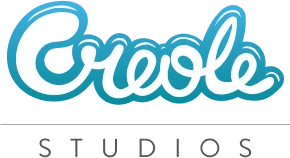










 30 mins free Consulting
30 mins free Consulting 
 12 min read
12 min read 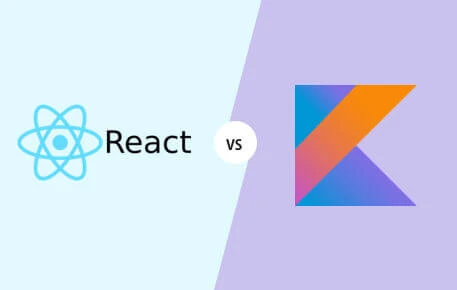
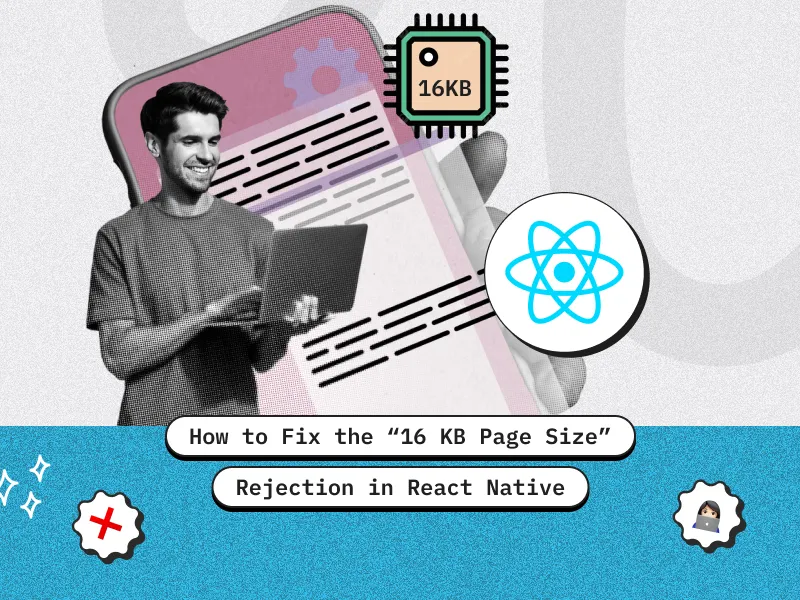
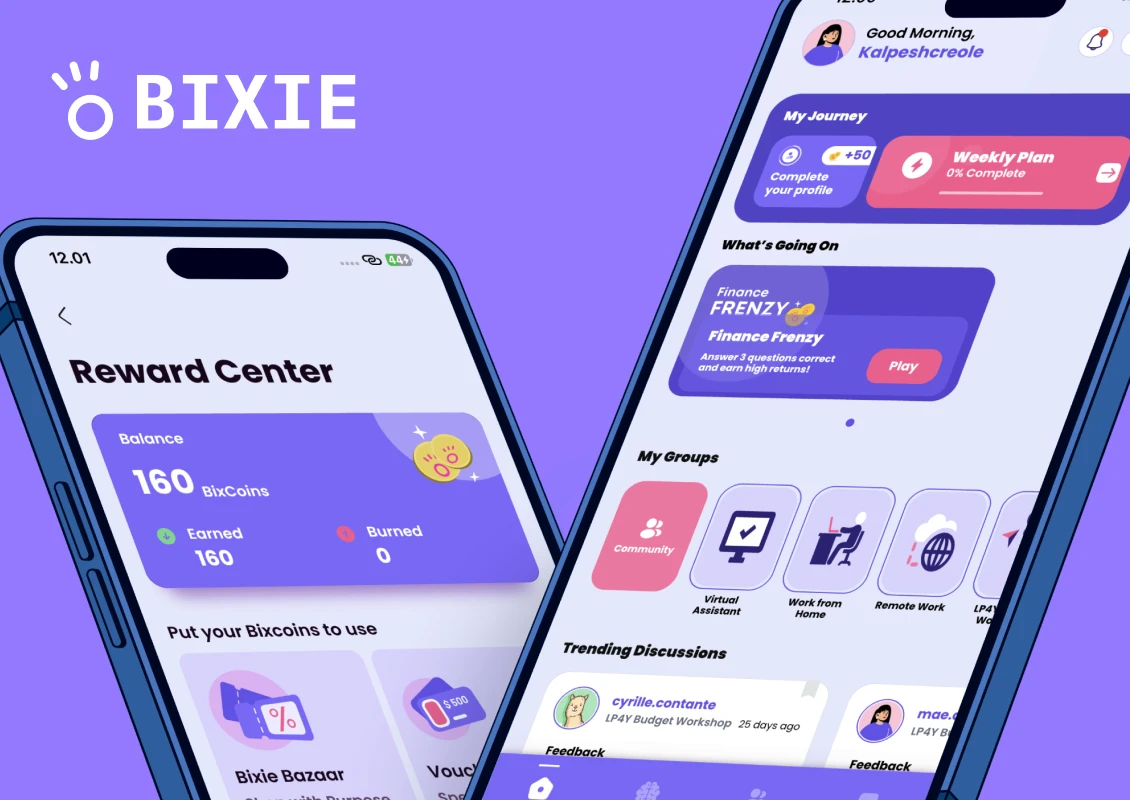
 Singapore
Singapore 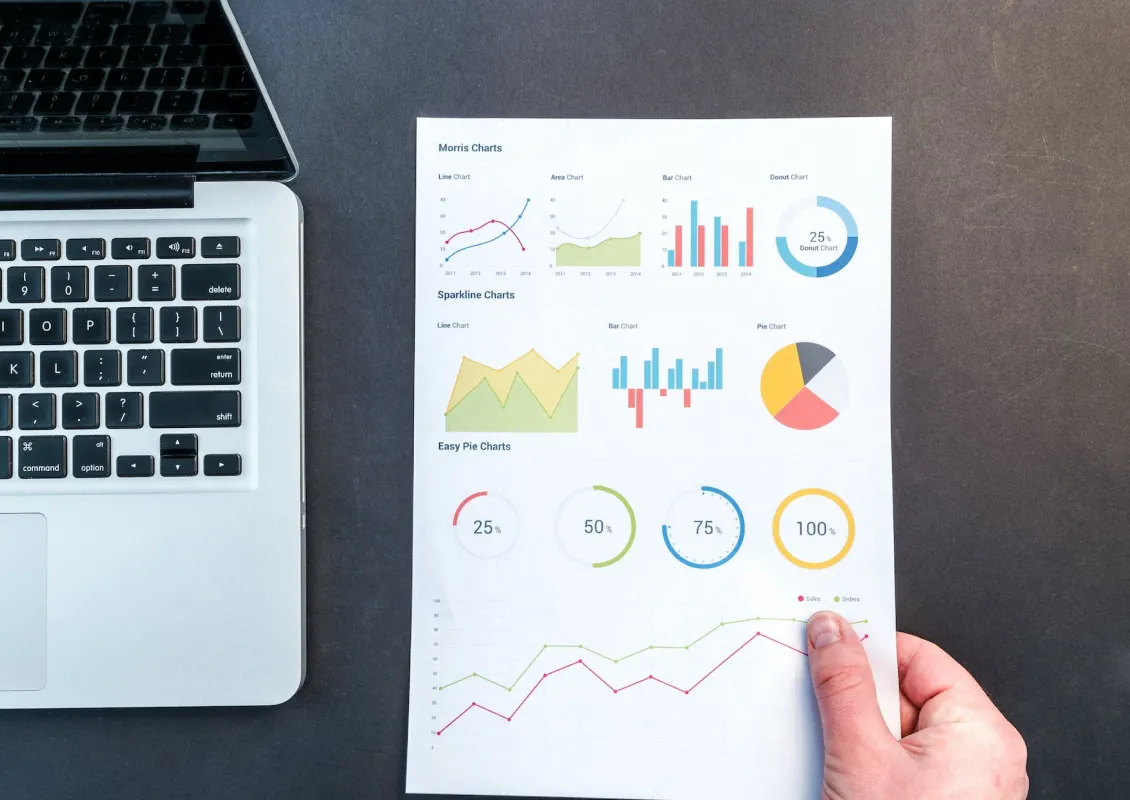
 USA
USA 
 Finland
Finland 





 Love we get from the world
Love we get from the world 